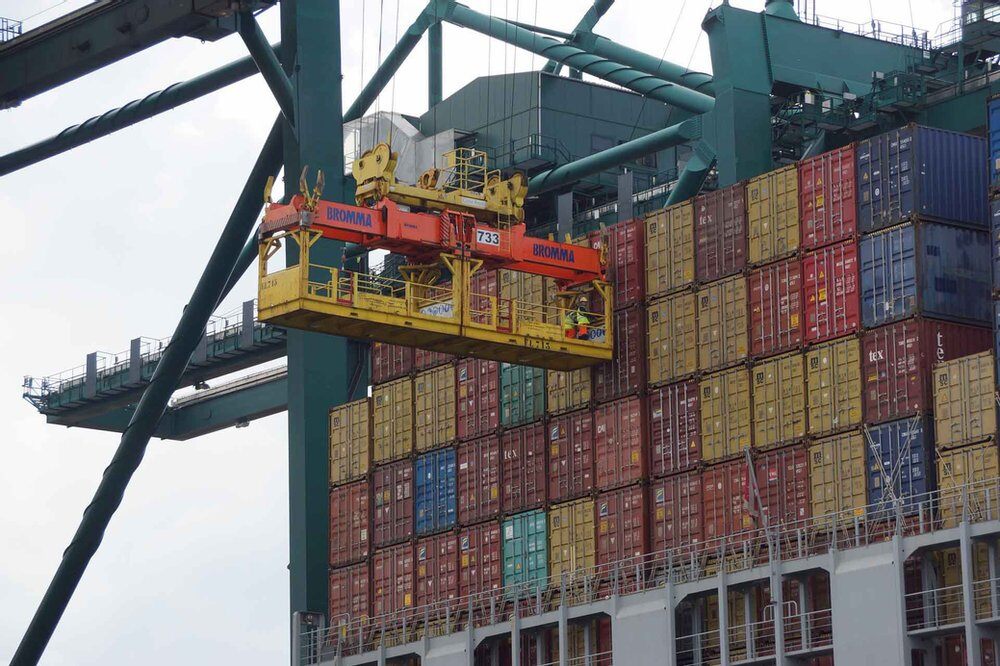
Malcolm McLean: The Man Who Revolutionized Global Trade
In the annals of global trade and transportation, few names stand out as prominently as Malcolm McLean, a visionary entrepreneur whose innovation fundamentally transformed the industry and the way goods are transported around the world. This 500-word article delves into who Malcolm McLean was and his monumental impact on global trade.
**Background and Early Career**
Born in 1913 in Maxton, North Carolina, Malcolm McLean started his career with a humble trucking business in 1934. His company, McLean Trucking, began with a single truck and grew into one of the largest trucking fleets in the South by the 1950s. However, it was his innovative thinking in the field of cargo transportation that would cement his legacy.
**The Birth of Containerization**
McLean’s most significant contribution came in the form of containerization – the use of large, standardized steel containers for transporting goods. The idea struck him as he observed the laborious process of loading and unloading cargo from trucks to ships, a method known as break-bulk shipping. This process was not only time-consuming but also expensive and prone to theft and damage.
In 1956, McLean, who had no experience in shipping, took a monumental risk. He purchased a World War II tanker, the Ideal X, and modified it to carry containers on its deck. On April 26, 1956, the Ideal X sailed from Newark, New Jersey, to Houston, Texas, with 58 aluminum truck bodies secured on its deck. This maiden voyage marked the beginning of a new era in cargo transport and the birth of McLean’s new company, Sea-Land Service, Inc.
**Impact on Global Trade**
The introduction of containerization had a profound impact on global trade:
- **Efficiency and Cost Reduction:** Containerization dramatically reduced the time and labor needed to load and unload ships. This efficiency translated into significant cost savings, making goods cheaper to transport and, thus, more affordable for consumers.
- **Expansion of Global Trade:** By making shipping more efficient and cost-effective, McLean’s innovation enabled a surge in global trade. It became feasible to transport goods across vast distances, opening up new markets and driving international commerce.
- **Standardization and Intermodal Transport:** The standardization of container sizes fostered the growth of intermodal transport, allowing seamless transfer of containers between ships, trucks, and trains. This integration streamlined the supply chain, enhancing global logistics.
- **Economic Growth and Development:** Containerization contributed to economic growth in developing countries by facilitating easier access to international markets. It also led to the development of major ports and supporting infrastructure worldwide.
- **Transformation of Port Cities:** The shift to container shipping led to the transformation of port cities. Traditional docks gave way to sprawling container terminals, changing the landscape of maritime trade.
**Legacy**
Malcolm McLean’s vision extended beyond containerization. He was a pioneer in developing efficient port mechanisms and played a key role in shaping modern maritime laws and policies. His innovation earned him a place in the National Maritime Hall of Fame and the International Maritime Hall of Fame.
**Conclusion**
Malcolm McLean’s contribution to global trade is immeasurable. His foresight and innovation not only revolutionized the shipping industry but also played a pivotal role in shaping the modern global economy. The world of trade and transportation owes much to McLean’s vision, which continues to influence the movement of goods in an increasingly interconnected global market.
